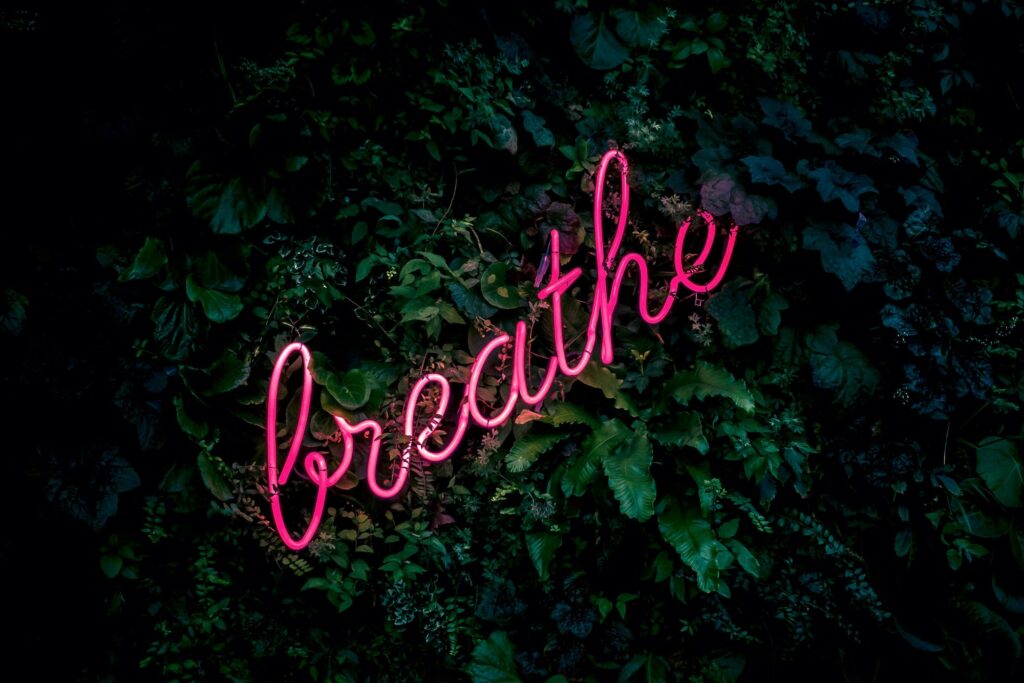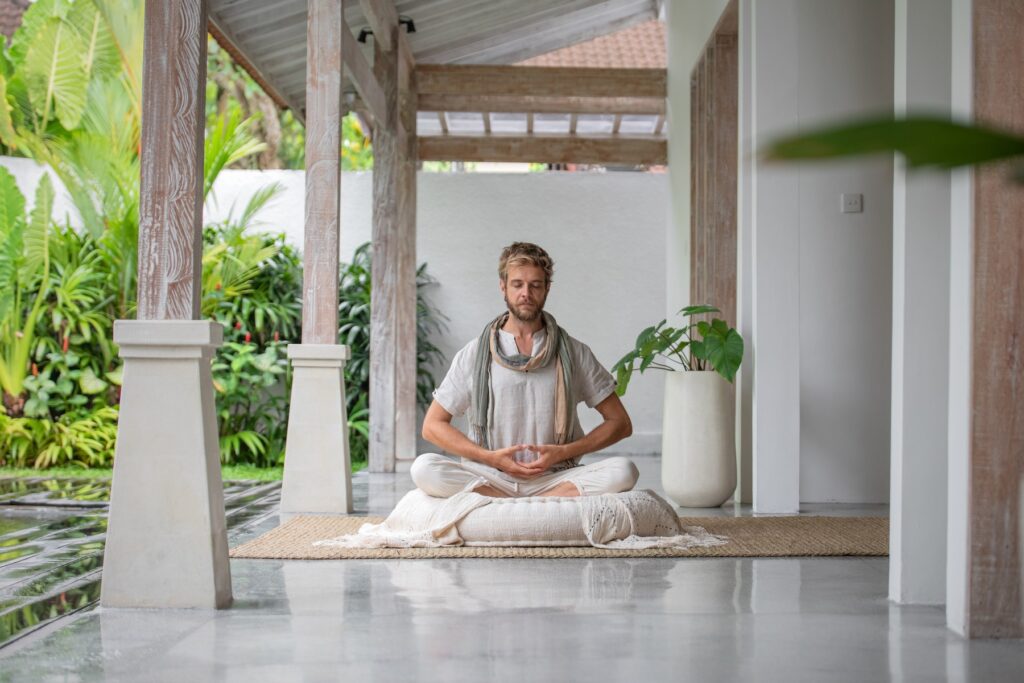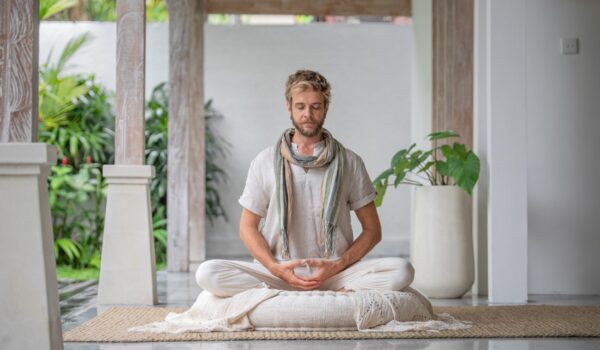Breathwork is more than just an exercise for the lungs—it’s a journey inward, a tool for self-discovery, and a path to balance in today’s fast-paced world. Whether you’re seeking stress relief, emotional clarity, or a deeper connection to yourself, the power of your breath is waiting to guide you.
The Power of Breathwork
Unlock Your Potential

What is Breathwork?
Breathwork is the conscious practice of controlled breathing techniques aimed at promoting physical, emotional, and mental well-being. Rooted in ancient traditions like Pranayama and evolving through modern approaches such as Holotropic and Transformational Breathwork, this practice transcends time and culture. Today, breathwork has become a cornerstone of holistic health, offering benefits to individuals from all walks of life. By intentionally focusing on your breath, you can influence your state of mind, regulate your emotions, and tap into a deeper sense of presence. It’s a practice accessible to anyone, regardless of experience.
How Breathwork Works
Controlled breathing directly influences the autonomic nervous system, shifting us from a stressed “fight or flight” state to a calm and restorative “rest and digest” state. Techniques like deep diaphragmatic breathing and rhythmic patterns stimulate the vagus nerve, improving overall well-being. At its core, breathwork helps regulate the balance of oxygen and carbon dioxide in the body, which is essential for maintaining energy, mental clarity, and emotional stability. This balance supports the body’s natural healing processes, fostering resilience and vitality.


The Benefits of Breathwork
Breathwork is a universal practice that meets you wherever you are in life. Whether you’re an athlete aiming to optimize performance, a professional seeking relief from stress, or someone on a journey of personal growth, breathwork offers transformative benefits. It enhances physical vitality, fosters emotional balance, and cultivates mental clarity. Through simple yet powerful techniques, breathwork empowers you to regulate your emotions, unlock creativity, and navigate life’s challenges with resilience. From calming the mind to igniting profound transformation, it offers a wide array of benefits that touch every aspect of our being. Here are some of the most significant:
Physical Health
- Boosts Energy Levels: Breathwork improves oxygen circulation, revitalizing your body and mind.
- Enhances Respiratory Health: Strengthens lung capacity and promotes healthy breathing patterns.
- Supports Immunity: Reduces inflammation and aids natural defenses.

Mental Clarity
- Reduces Stress: Activates the parasympathetic nervous system, calming the mind.
- Enhances Focus: Promotes mental clarity and cognitive performance, making it easier to concentrate and problem-solve.
- Encourages Creativity: Opens pathways to inspiration and fresh ideas.

Emotional Balance
- Releases Suppressed Emotions: Provides a safe space to process and let go of unresolved feelings.
- Builds Emotional Resilience: Helps you navigate challenges with greater ease and confidence.
- Fosters Inner Peace: Cultivates a sense of calm and balance in daily life.

Breathwork Techniques You Can Try Today
1. Box Breathing
-
- Inhale for 4 counts.
- Hold for 4 counts.
- Exhale for 4 counts.
- Hold for 4 counts. Repeat for 5-10 minutes to promote calm and focus.
2. Diaphragmatic
-
- Place one hand on your chest and the other on your stomach.
- Inhale deeply through your nose, allowing your stomach to rise.
- Exhale slowly through your mouth. Practice for 5 minutes to reduce tension and center yourself.
3. Alternate Nostril
-
- Close your right nostril with your thumb and inhale through the left.
- Close your left nostril with your finger and exhale through the right.
- Alternate for 5-10 cycles to balance energy and promote relaxation.
4. 4-7-8 Counts
-
- Inhale deeply through your nose for 4 counts.
- Hold your breath for 7 counts.
- Exhale slowly and completely through your mouth for 8 counts.
Practice for 4-8 cycles to calm the nervous system, reduce anxiety, and prepare for restful sleep.
Frequently Asked Questions
1. Is breathwork safe for everyone? Yes, breathwork is generally safe. However, individuals with certain health conditions (e.g., severe asthma, cardiovascular issues) should consult a professional before starting.
2. How often should I practice breathwork? Consistency is key. Even 5-10 minutes a day can make a difference. For deeper benefits, consider attending a guided retreat or workshop.
3. Do I need experience to try breathwork? Not at all! Breathwork is accessible for beginners and experienced practitioners alike.
4. Is breathwork the same as meditation?
Not exactly. While both promote mindfulness and relaxation, breathwork is often more active and intentional, using specific breathing patterns to shift your mental and emotional state. Many people find breathwork easier to engage with than traditional meditation
5. How do I know if I’m doing breathwork correctly?
If you feel calmer, more focused, or energized after a session, you’re on the right track! There’s no “perfect” way—just listen to your body and adjust as needed.
6. Can breathwork cause dizziness or tingling?
Yes, especially with more intense techniques. This is due to increased oxygen levels and is usually harmless. However, if you feel too uncomfortable, return to normal breathing and take a break.
Join Our Breathwork Retreats
Guided breathwork retreats, like our Being Human – Transformational Breathwork Retreat, offer a safe and nurturing space to explore this transformative practice of breathwork. From releasing old patterns to stepping into your true potential, the possibilities are endless. Embrace the power of your breath and discover a life of clarity, balance, and connection.
Questions?
Just drop us a message
